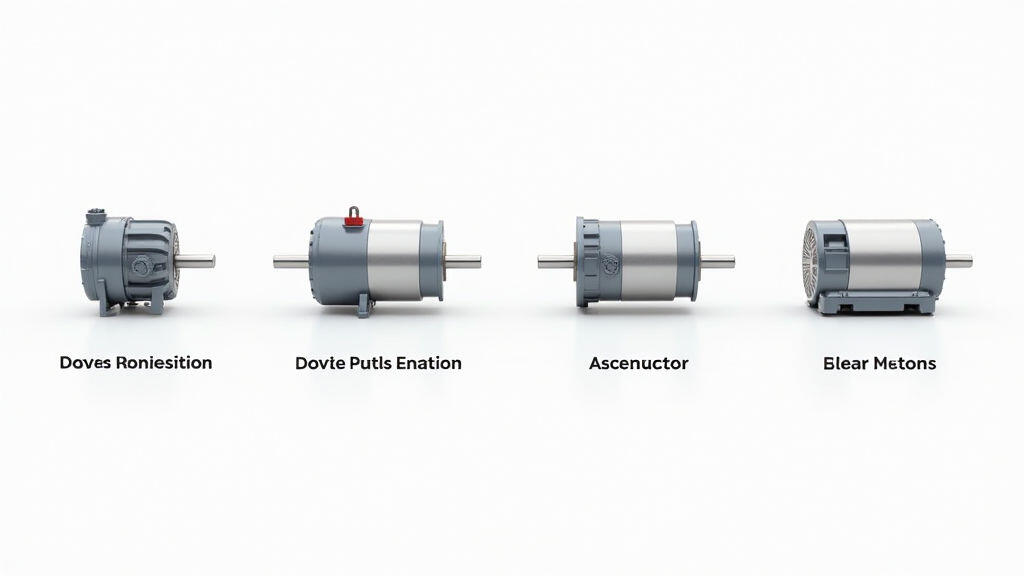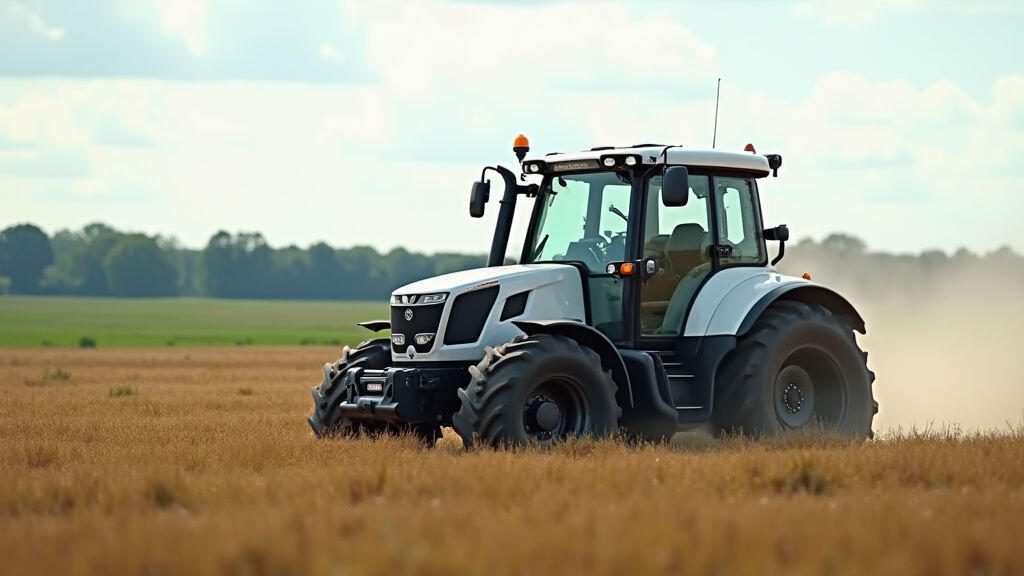Anjing Road, Xiaolan, Zhongshan, Guangdong, China
info@mes-drive.com
08.00 AM-09.00 PM

The agricultural sector is undergoing a rapid transformation, driven by the increasing need for efficiency, precision, and sustainability. Technological advancements are no longer a luxury but a necessity for farmers aiming to maximize yields, minimize resource consumption, and navigate the challenges of climate change. At the heart of this evolution lies the upgrade of existing machinery, often focusing on powertrain components like gear motors. Understanding the nuances of gear motor configuration is crucial for optimizing agricultural equipment performance and achieving these critical goals. This article delves into the role of gear motors in modern agricultural machinery, explores key configuration strategies, and highlights the potential of these components in driving sustainable farming practices. We will also touch upon how recent advancements like AI-powered predictive maintenance are changing the landscape.
Gear motors are integral components in a wide range of agricultural machinery, providing the necessary torque multiplication and speed reduction required for various operations. Unlike direct-drive systems, gear motors allow engines to operate at optimal speeds while delivering the power needed to drive implements like sprayers, harvesters, seeders, and irrigation pumps.
The benefits are numerous:
Several types of gear motors are commonly employed in agricultural machinery, each tailored to specific needs:

The selection of the right gear motor type is paramount and depends on factors like required torque, speed range, space constraints, and operating environment.
Optimizing gear motor performance involves more than just selecting the right type. Several configuration strategies can further enhance efficiency and reliability:
The agricultural industry is increasingly embracing Industry 4.0 principles, including predictive maintenance. AI-powered systems are being deployed to monitor gear motor performance in real-time, analyzing data from sensors to detect anomalies and predict potential failures. This allows for proactive maintenance, minimizing downtime and extending component lifespan.
For example, MES-Drive is actively incorporating AI algorithms into its gear motor designs and monitoring systems. These algorithms analyze data such as vibration, temperature, and electrical current to identify potential issues before they escalate. This predictive capability allows farmers to schedule maintenance during planned downtime, avoiding costly disruptions to operations. MES-Drive’s system can also optimize gear ratio and lubrication parameters based on real-time usage data, further enhancing efficiency and extending the life of the gear motor.
The drive towards sustainable farming practices is fueling innovation in the agricultural machinery sector. Gear motors are playing a vital role in this transformation by enabling:

Gear motors are indispensable components in modern agricultural machinery, enabling efficiency, precision, and sustainability. Proper configuration, encompassing gear ratio selection, motor power matching, lubrication, cooling, and advanced control systems, is crucial for maximizing performance and minimizing downtime. The integration of AI-powered predictive maintenance, as demonstrated by companies like MES-Drive, is further enhancing gear motor reliability and extending component lifespan. As the agricultural sector continues to evolve, the demand for high-performance, energy-efficient, and reliable gear motors will only increase. These advancements are not just about improving current machinery; they are about paving the way for a more sustainable and technologically advanced future for farming. The convergence of gear motor technology with AI and automation presents a powerful opportunity to reshape agricultural practices and address the challenges of feeding a growing global population while minimizing environmental impact.
Leave A Reply
Your email address will not be published. Required fiels are marked